All Zoology

Researchers uncover a world of life on the back of a turtle
Added: 4 Jun 2020
Much to the delight of all Hindu’s and fans of Terry Pratchett’s Discworld novels, researchers have…
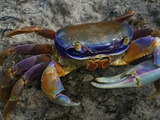
Illegal wildlife trading threatens all creatures great and small
Added: 29 May 2020
Besides being a major threat to biodiversity, the wildlife trade can be a cause of global public he…
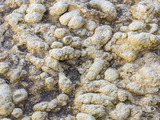
Oldest parasitic DNA found in coprolite
Added: 28 Aug 2019
The oldest parasite DNA ever recorded has been discovered in fossilised puma faeces.
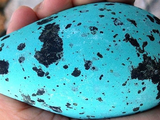
Colourful egg for seabird recognition
Evoluted New Media | Added: 19 Apr 2019
The colourful appearance of the common murre egg is due to a genetic ability of the mother to manip…
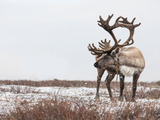
Reindeer maintain circadian rhythm in dark months
Evoluted New Media | Added: 26 Dec 2018
Reindeer are able to maintain a 24-hour body clock during days of sustained light or darkness, acco…
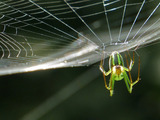
Ballooning spiders rely on electric field
Evoluted New Media | Added: 24 Jul 2018
The aerodynamic capabilities of spiders have intrigued biologists for hundreds of years. Now, a tea…
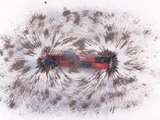
Magnetic sense could lead to molecular manipulation
Evoluted New Media | Added: 13 Apr 2018
By understanding Magnetoreception - the ability of some animals to sense Earth’s magnetic field – a…
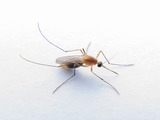
Bacteria used to block dengue and Zika
Evoluted New Media | Added: 15 Feb 2018
Scientists at the University of Glasgow have found a bacterial strain which blocks dengue and Zika …
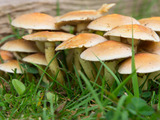
Breathable atmosphere down to fungi
Evoluted New Media | Added: 12 Jan 2018
A team from Leeds University have shown that fungi were essential in the creation of an oxygen-rich…
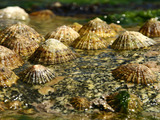
Unlikely hero saves ecosystem from negative climate change effect
Evoluted New Media | Added: 13 Dec 2017
Herbivores could protect ecosystems from climate change according to researchers from the Universit…
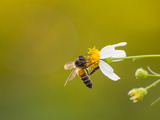
Bees feeling blue for flowers
Evoluted New Media | Added: 6 Dec 2017
Researchers from the University of Cambridge have discovered that flowers have nanoscale ridges tha…

Alcohol brewing goldfish
Evoluted New Media | Added: 5 Sep 2017
Scientists have discovered that goldfish survive harsh winters beneath frozen lakes by producing al…
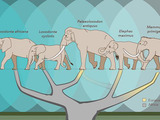
Study shakes elephants’ genetic tree
Evoluted New Media | Added: 12 Jun 2017
Palaeontologists, after new genetic analysis, are challenging the belief that African elephants bel…
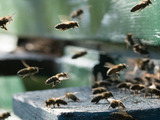
Antibiotics linked to bee population dive
Evoluted New Media | Added: 23 Mar 2017
The mystery around increasing bee deaths and colony collapse disorder may be linked to antibiotics.
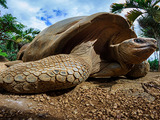
Habitat preservation crucial for turtle and tortoise survival
Evoluted New Media | Added: 3 Oct 2016
The survival of turtles and tortoises is more dependent on habitat degradation than rising global t…
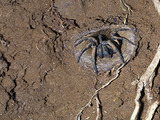
New species of trapdoor spider discovered
Evoluted New Media | Added: 20 Sep 2016
A PhD student from Griffith University has discovered a large number of new trapdoor spider species…
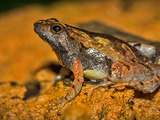
New frog species discovered
Evoluted New Media | Added: 14 Apr 2016
A new species of narrow-mouthed frog has been discovered in India by scientists from the National U…
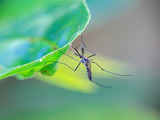
Mosquitoes’ reproductive cycle potential drug target
Evoluted New Media | Added: 17 Mar 2016
US scientists are looking at ways to influence how mosquitoes mate to control the diseases they spr…
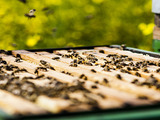
New method to control bee parasite
Evoluted New Media | Added: 9 Feb 2016
A way to control a parasitic mite that is responsible for the dwindling number of bee colonies worl…
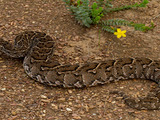
Chemical camouflage for deadly snake
Evoluted New Media | Added: 2 Feb 2016
Puff adders – the most dangerous snake in Africa – responsible for more than 30,000 deaths every ye…

